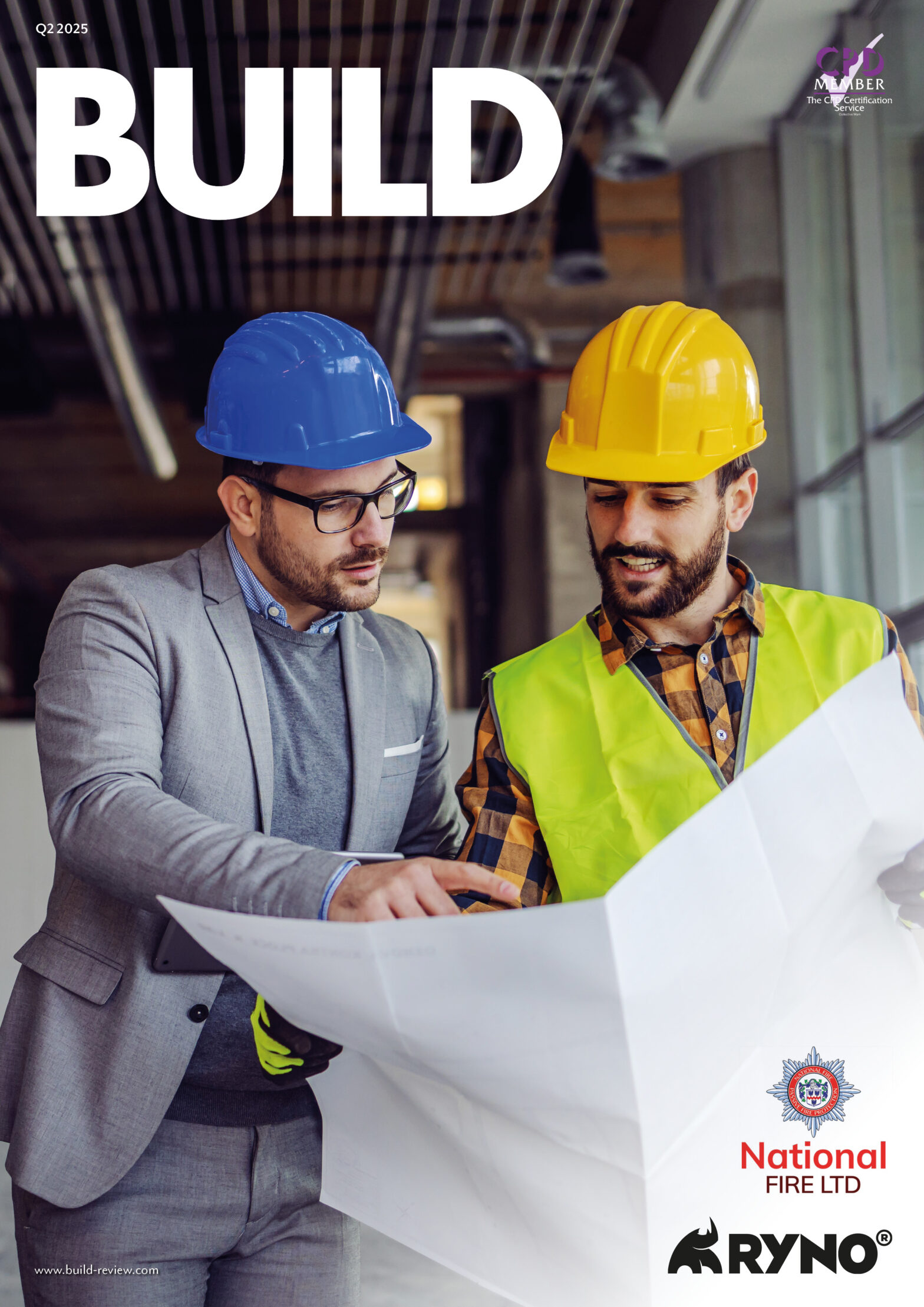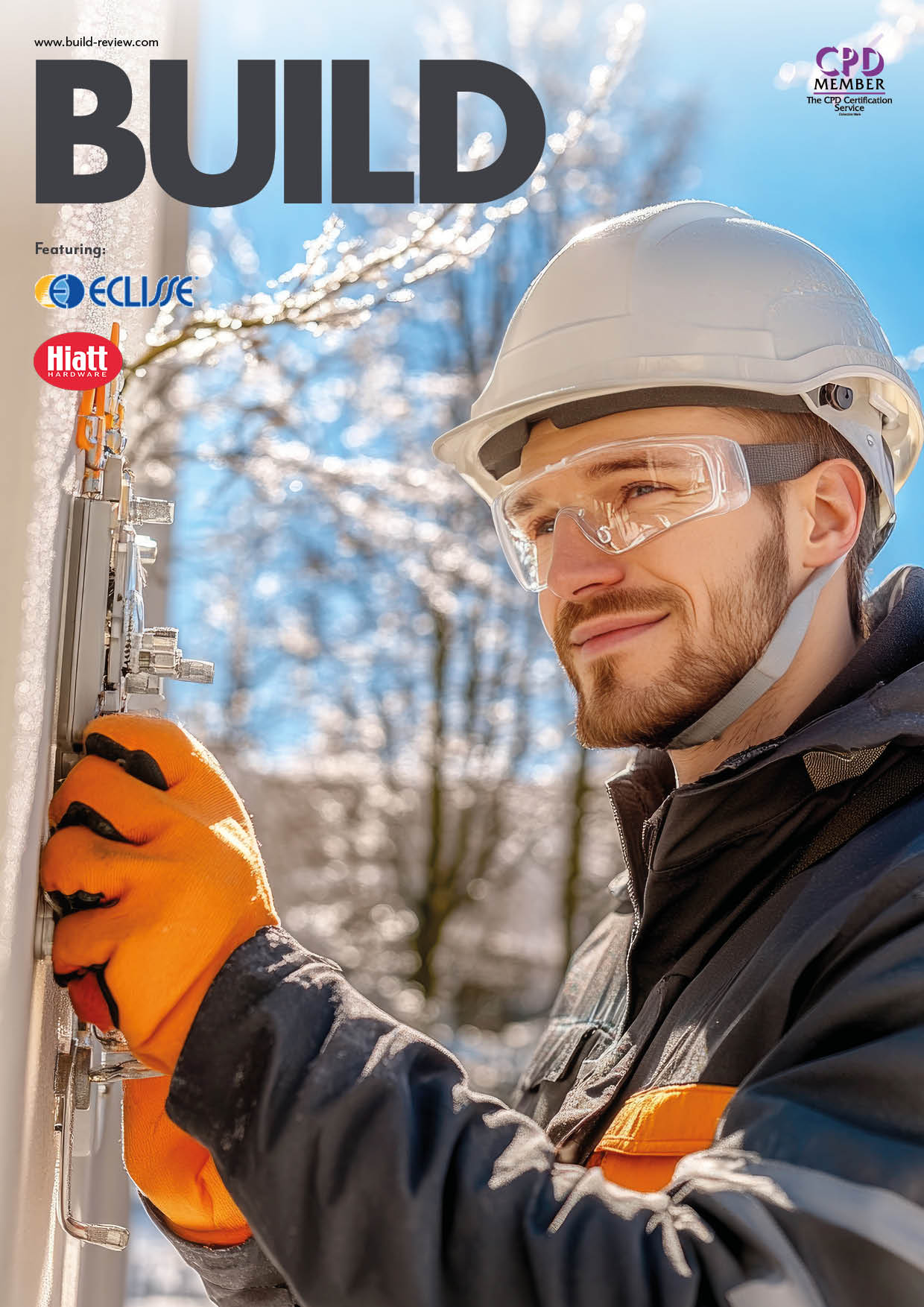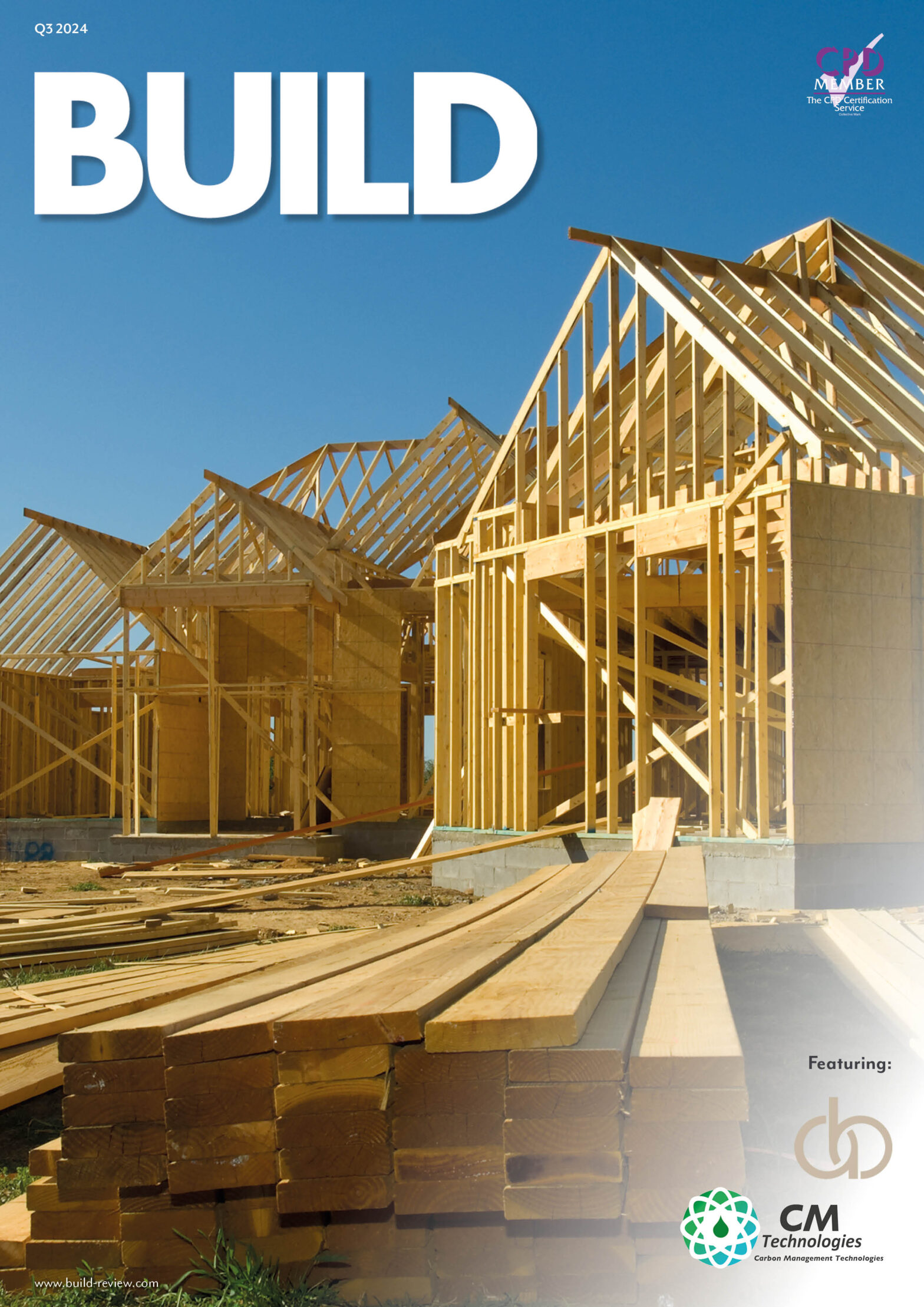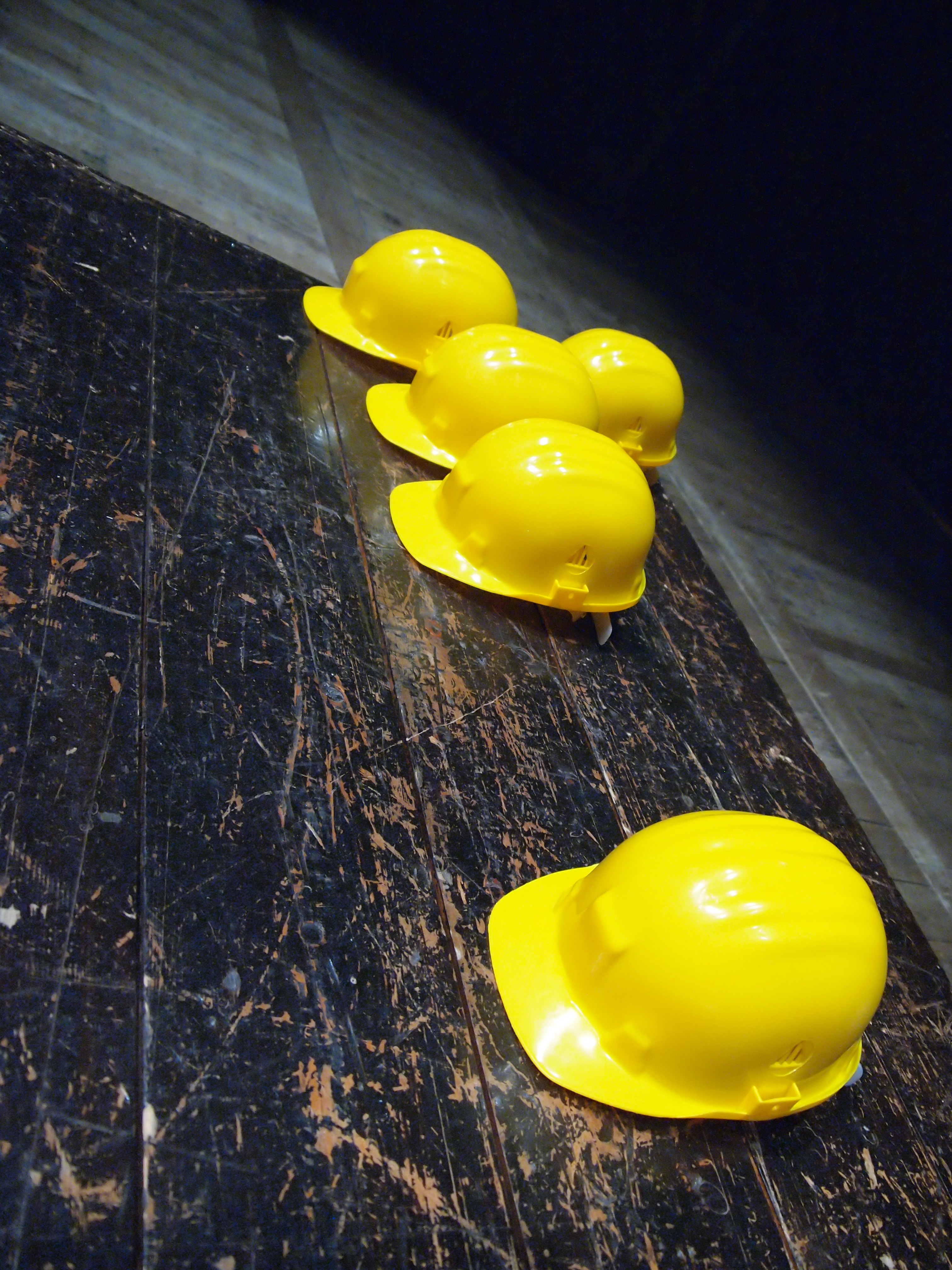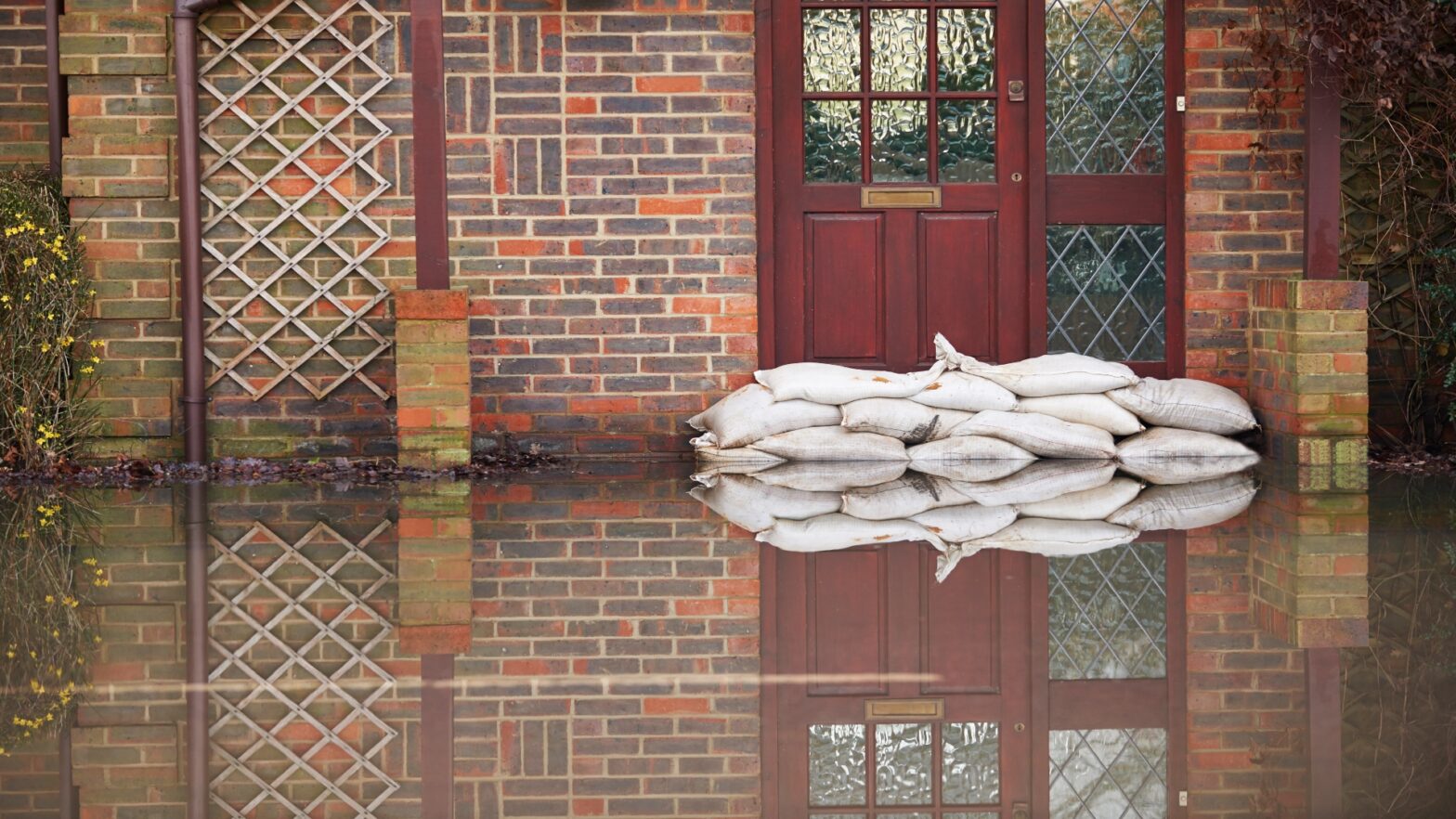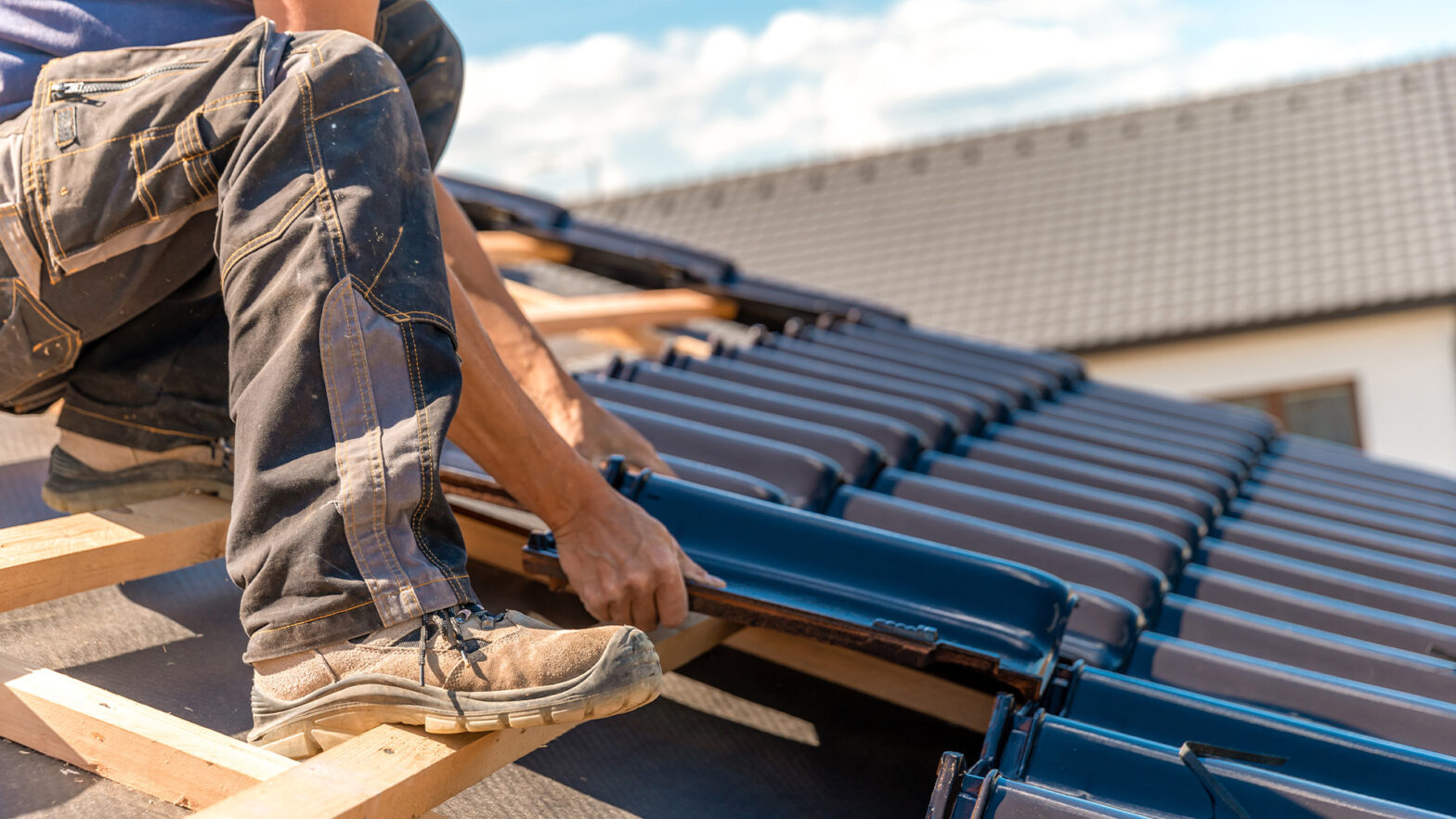When it comes to ensuring your basement’s flood resilience, only high-quality results matter. Adding a feature or two might not be of great help — focus on a holistic approach instead. Let’s check what tactics will assist in establishing a comfortable and safe environment for your needs.
The Importance of Flood Resilience for Urban Basement Properties
That’s when trends and end-user needs meet — reimagining a basement for more functional, comfortable, and resident-oriented spaces is gaining momentum. However, this project isn’t hassle-free by default. Due to ageing drainage systems of classic but old houses in English cities and climate change, it’s a must to ensure your below-ground space can handle any hazards. Consulting with professional basement architects will help you deal with different challenges along the way. Here are a few reasons to make your basement flood-resilient (with expert assistance in mind):
- preventing the risks of structural damage;
- improving natural airflow in the space, boosting its air quality for health-related benefits;
- protecting your property overall, including its electrical system;
- increasing the house’s resale value and meeting qualification requirements for better insurance terms.
Key Features of a Flood-Resilient Basement
First and foremost, to come up with the right plan, you need to understand the meaning of a flood-resilient basement in the best-case scenario. Let’s highlight the main modifications to upgrade your existing space with maximum benefits in the long run.
| Feature | Description and Advantages |
| Waterproof Membranes and Tanking | A continuous barrier on walls and floors that prevents water ingress, which is essential for below-ground areas |
| Flood-Resistant Doors and Windows | Specially sealed and reinforced openings that block water while allowing ventilation and light |
| Sump Pumps and Drainage Systems | Automatic pumps that remove any water that enters, combined with drainage channels to divert water away |
| Raised Electrical Fixtures | Placing wiring, sockets, and fuse boxes above likely flood levels reduces electrical hazards |
| Flood Barriers and Air Bricks | Barriers can be temporary or permanent; air bricks designed to prevent water entry while allowing airflow |
| Robust Structural Materials | Use of concrete, brick, or other materials that withstand water exposure without degrading quickly |
| Backflow Prevention Valves | Prevent sewage or flood water from backing up into the basement drainage system |
| Ventilation and Dehumidification | Tools and systems to control the level of moisture and minimise the risk of mould growth after cases of minor flooding or high humidity |
| Accessible Maintenance Points | Design that allows easy access to pumps, drains, and barriers for regular checks and emergency response |
Maintenance Tips to Keep Your Basement Flood-Ready
It’s not enough to work on the space’s modifications and harvest the result. The way you monitor the post-project environment matters a lot, helping you detect small issues and fix them early:
- Audit your plumbing system monthly to ensure you don’t end up solving the aftermath of failed pumps.
- Inspect your basement’s waterproof membranes to confirm that they are intact and don’t show any signs of damage, such as peeling or cracks on the surface.
- Add extra means of protection to your outlets and other parts of the space’s electrical system.
Taking care of how your basement can defend itself in case of a flood requires consistent effort and the right strategy. Paying attention to detail during the renovations and after the project is over will make a difference.



